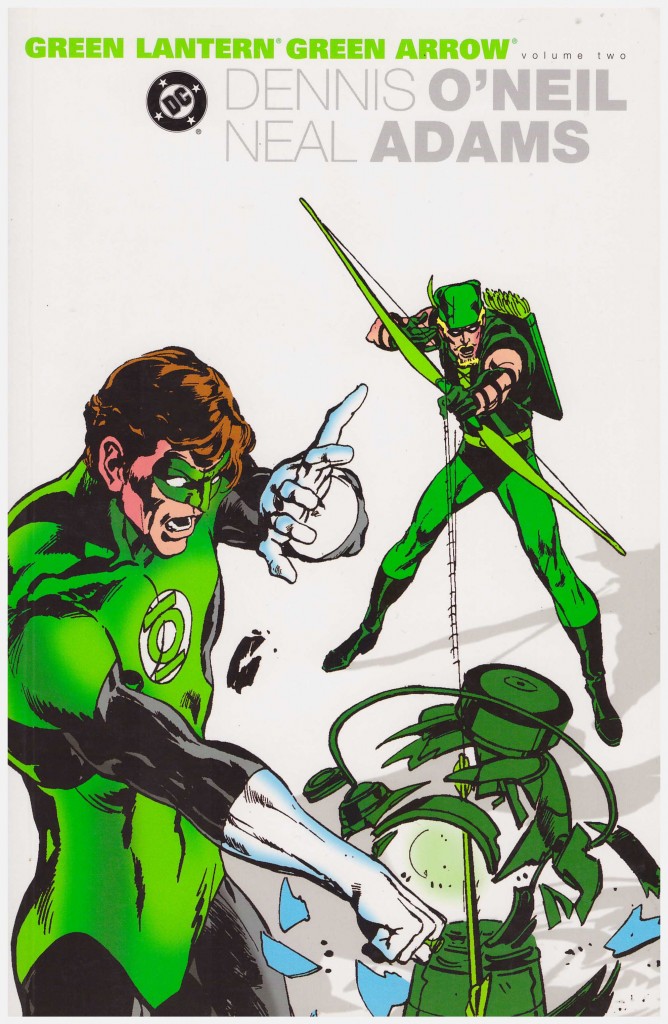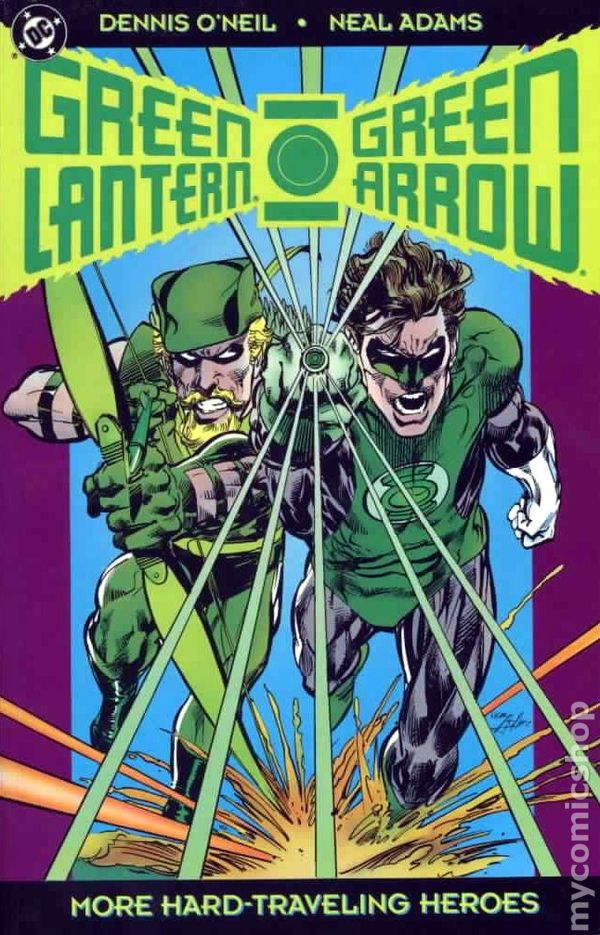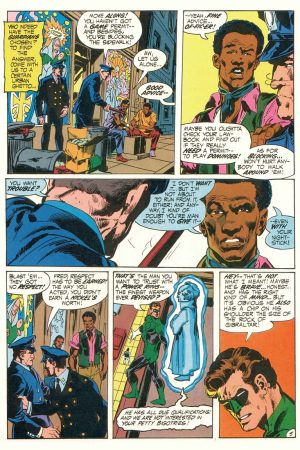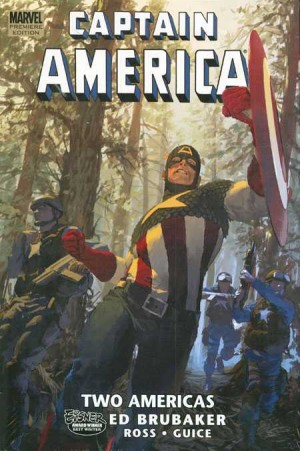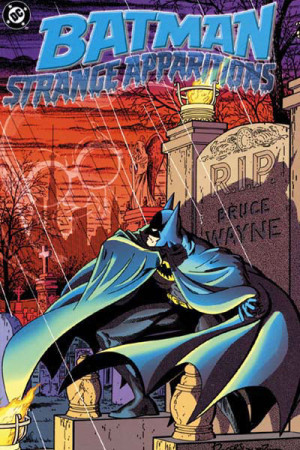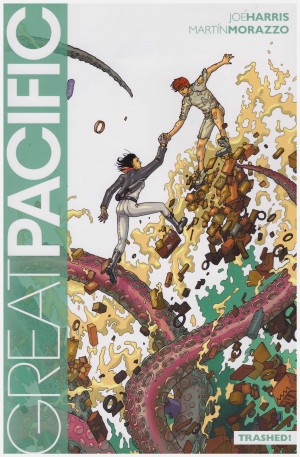Review by Frank Plowright
The first volume of Green Lantern/Green Arrow ended with a run of stories shoehorning social problems into the trappings of Green Lantern’s former science-fiction mileu. It was an awkward mix, and is dropped for the opening stories here which both feature control at their core, firstly via a mutant, and secondly via an old Green Lantern enemy. Were they not among a run of landmark stories they’d only be notable for some fine Neal Adams storytelling.
It’s the story delving into the world of drugs that accrued the most attention on publication, and elements still shock. Even by today’s standards it’s relatively graphic concerning need and effect, and, with one caveat, the writing is far stronger than any of the chapters not occupying a real world setting. Writer Denny O’Neil also twisted his established convention, as for once it’s the oh so liberal Green Arrow who’s reactionary, completely unable to overcome his prejudice. There are mitigating personal factors, but the lack of compassion is well portrayed, and ironic as O’Neil’s scripts usually oozed it. The one overwhelming problem is the dialogue, which by today’s standards is risible. The priority at the time was to convey a message in language ‘the kids’ used, rather than coming over as The Man’s stooge, and it worked perfectly. These issues were the first to attract national media attention for an artform considered exclusive to children, and as such landmarks.
O’Neil and Adams are also responsible for the introduction of John Stewart as a back-up Green Lantern. It would take two decades before he became a regular anywhere, but they were again ahead of the curve in introducing the first urban black superhero in mainstream comics. Then there were also the experiments that perhaps didn’t work such as the two heroes chained either side of a hippy activist on the vertical stabilisers of three planes, the allegory strained and obvious. What were they smoking?
While O’Neil wrote almost everything here, mention needs to be made of ‘What Can One Man Do?’ a short tale written by Elliott S! Maggin about Green Arrow caught in a riot. He’s just been asked if he’d consider running for mayor, and what occurs after formulates his response. It’s a simple enough tale, but well balanced, and if over-written, it still stands up better in the 21st century than some of the surrounding material.
The final O’Neil and Adams collaboration here was produced two years after the remaining material, by which time Green Lantern’s comic had been cancelled, and he’d reverted to science fiction adventure in the back pages of The Flash. Adams constructed an interesting new visual for the power ring, but it’s otherwise just a makeweight.
Due to the serious manner in which the drug segment addresses the issues, this is a slightly better volume than it’s predecessor. Overall, though, this too is largely heavy-handed material that’s not aged well. It’s surprisingly durable nevertheless, with 2018’s Deluxe Edition combining both volumes, and Showcase Presents Green Lantern Vol. 5 offering the content in black and white.
